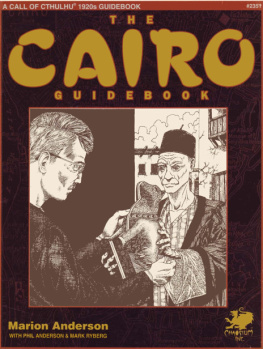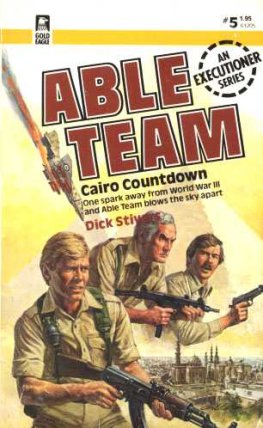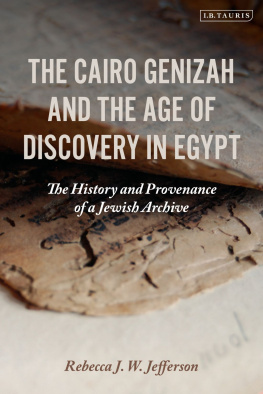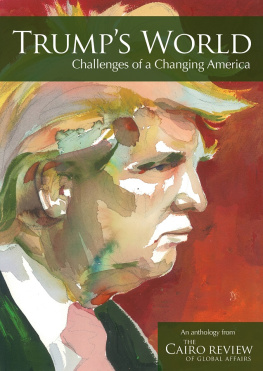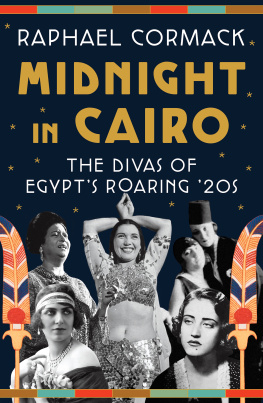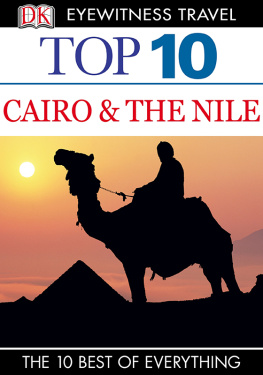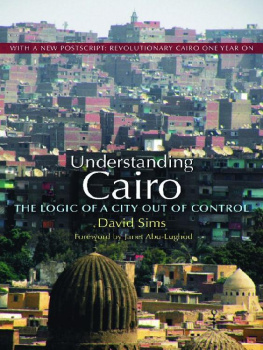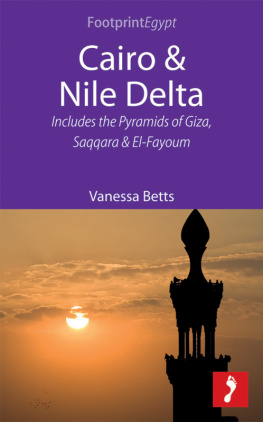The Cairo Guidebook
The Lure of the Nile
by
Marion Anderson

H. P. LOVECRAFT
interior illustrations MARK RYBERG
maps PHIL ANDERSON
project leader and editorial LYNN WILLIS
editor and layout JANICE SELLERS
Egyptology consultant CHRISTOPHER HANRAHAN
proofreading ANNE MERRITT
cover design and layout CHARLIE KRANK and ERIC VOGT

Chaosium Inc.
1995
The Cairo Guidebook is published byChaosium,Inc.
The Cairo Guidebook original manuscript 1995 by Marion Anderson; all rights reserved. Additional material1995 by Chaosium, Inc all rights reserved.
Callof Cthulhu is the registered trademarkof Chaosium, Inc.
Similarities between characters in The CairoGuidebookand persons livingor dead are strictly coinadental.Chapterheadquotes are fromImprisoned with the Pharaohs, in TheTomb and Other Tales, by H. P. Lovecraft.H. P. Lovecraftsworks are 1963, 1964, 1965 by August Derleth and arequoted for purpose of illustration.
Special thanks to Chris Williams of R. TalsorianGames, Inc. for researching the Arabic proverbs, and for allowinguse of his work in this book.
Except in this publication and in relatedadvertising, artwork original to The Cairo Guidebook remains theproperty of the artists, and is copyright by them under theirseparate copyrights
class=smallThe reproduction of material from within thisbook for the purpose of personalor corporate profit, byphotographic, electronic, or other methods of retrieval, isprohibited.
Address questions and comments concerning thisbook as well as requests for free catalogs of Chaosium books,games, and supplements to Chaosium,Inc., 950-A56th Street,Oakland CA 94608-3129,U.S.A.
Chaosium Publication 2351. Published in May1995.
ISBN 1-56882-025-9
Foreword
Cairo and Egypt are very much a part of international life andgossip in the 1920s. Few people are unaffected by the romanceand glamor attached to the ancient pharaohs of Egypt.
The opening of the tomb of Tutankhamun in November 1922, andthe breathtaking beauty of the treasures within, sparks a wave ofEgyptomania that washes over the entire world. Egyptian jewelryis worn by flappers and dowagers alike; men wear tarbouches towork on Wall Street and smoke hashish from nargeeleh water pipes.The animalistic motifs of ancient Egyptian art are blended withthe clean lines of Art Nouveau to createa whole new interiordecorating style.
Archaeologists flock to the Valley of the Kings to take partin excavations that can make or break a career. Many othersgather there to share the excitement of the daily uncovering ofmore treasures of the past. Many artisans make fortunes fromcopies of tomb items sold as genuine artifacts. Others make afortune from stealing and reselling artifacts to privatecollectors.
The interest in Egypt extends to secret societies, whoincorporate ancient Egyptian rituals into their ceremonies andattract many of the gullible with promises of ancient magics andeternal life. Many send representatives to visit Cairo and Egyptin order to gain the secret knowledge of the ancients.
Cairo, the capital of Egypt, profits from the attention of therest of the world. Tourists fill its hotels and its bazaars.However, the 1920s are a time of turmoil, with frequent riotsand political killings. Egypt is in the transition betweenBritish rule and self government. Members of rival politicalparties fight each other in the streets.
Investigators visiting Cairo in the 1920s are thrown into themiddle of a powder keg of political intrigue in a city of ancientromance. This is a time rich in high adventure, a time of anarchygradually becoming order. It is a time when guns can be carriedopenly in the streets by Westerners, but are forbidden tolocals.
Amid all the chaos is the allure of the city of Cairo itself.This is the city of the Arabian Nights, a city with a storytelleron every corner and and jugglers and snake charmers plying theirtrade. It has the largest bazaar district of any in the world.This is a city of danger in storybook style, where white slaversstill kidnap young foreign women, and respectable Cairene womentravel the streets veiled and swathed in secrets.
Many adventures await the investigator in Cairo. This bookprovides Keepers with all the details needed to bring Cairo andEgypt in the 1920s alive in the minds of their players: from thefirst arrival on the shores of Egypt to train trips up the Nile;from where to stay and eat, to the inhabitants and smells of thebazaars. Museums,universities, and secret societies are alldescribed. Also included are the gods of ancient Egypt, theirmagic and their worshipers. Beyond Cairo the lure of ancientEgypt beckons the investigator, its ancient temples to forgottengods testimony to the decay of all things made by man, and to thefutility of mans striving towards immortality.
Please note: The Cairo in this book is very much the real1920s Cairo. Historical facts and figures are given as they wereknown in the 1920s (with some modern information inparentheses), and attitudes stated reflect those of the people ofthe 1920s. In many ways Cairo is now a very different city.Keepers may especially wish to soften the attitudes of localstowards women in their versions of Cairo.
Thanks to David Godley for extra last-minute research, toRichard Watts for the Brotherhood of Seth, and to Mark and Pennyfor getting me into this in the first place and making me stickto it! Extra thanks to Phil, Rusden and Taran for keeping mevaguely sane throughout.
This book is dedicated to my grandfather, who had an officeoff the Muski, and to my father, who played in the streets ofCairo as a child. I wish I could have been there with them!
Marion Anderson
Going to Cairo
I drifted pleasantly down the Continent and embarked atMarseilles on the P. and O. steamer Malwa, bound for PortSaid.
Getting There from Here
Why travel to Cairo? It is a city of antiquities, gateway tothe lands of the ancient gods. Where better to search for rare orpreviously unknown Mythos tomes and artifacts? The pharaonicdeities of Egypt have, over the millennia, been overcome by newergods, but perhaps there are other, older gods that walk theshifting sands of the great deserts surrounding Cairo: godswaiting for those who believe to find them once more.
Cairo is a city of markets, of bazaars, of people in the artof selling and of finding things to sell. Here can be found allthe treasures of the known world,and perhaps treasures of worldswaiting to be known.
Traveling to Cairo
Investigators arriving in Cairo will most commonly havereached Egypt by sea, through the Nile Delta ports of Alexandriaor Port Said. From both of the ports steam-driven passenger andfreight trains run frequently to Cairo, the trip takingapproximately half a day and costing 13 Egyptian piastres forfirst class, and 77 P.T. for second class. Many of these trainsare run and owned by the steamship companies they meet. Arrivalto Egypt by land commonly involves a train journey throughPalestine, possibly on the extension of the Simplon-OrientExpress.
Travel to Egypt by car is highly unusual, as roads throughPalestine to the east and Libya to the west are nonexistent.These areas are more commonly traveled by camel caravans.
Air travel is rare but possible in the early 1920s,only being commonplace by 1929, with an airstrip being built atDikheila south of Alexandria in that year. There are infrequentImperial Airways flights from the Heliopolis Aerodrome to Indiaand London from 1925 on.

